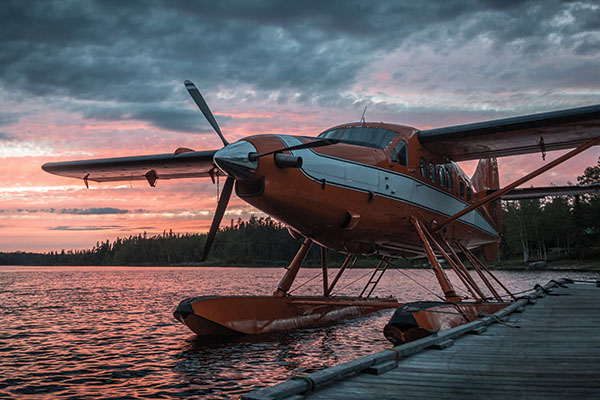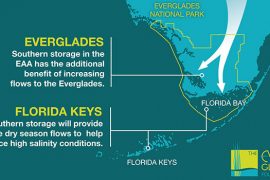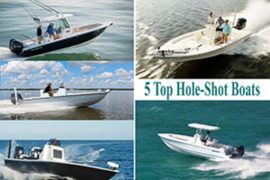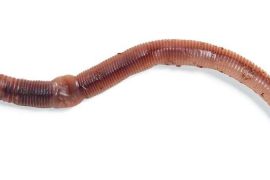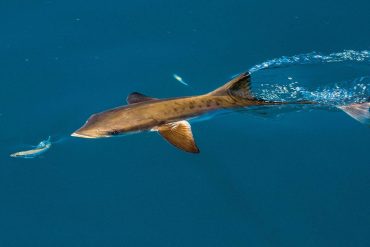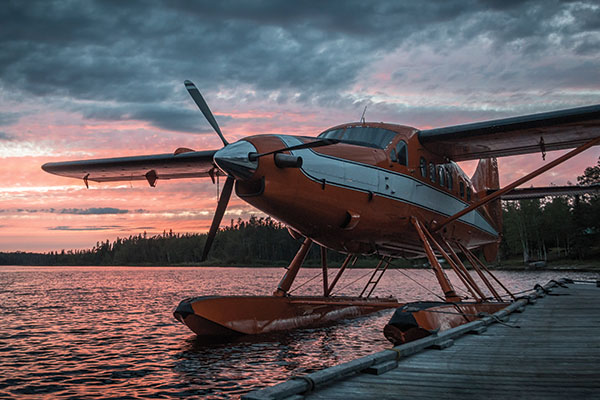
I’ll never forget my first fly-in fishing trip to a remote outpost camp in northern Ontario. I was a university student and had saved enough money from a summer job to take my dad, who had introduced my brother and me to fishing and who had always yearned to experience a fly-in trip.
We flew out of White River, a small town on the north shore of Lake Superior, between Sault Ste. Marie and Thunder Bay, to a puddle of water called Jembi Lake, in a piston-driven Beaver floatplane that was so noisy you couldn’t hear yourself think.
Calling it a “camp” was charitable. It was a small, weather-beaten canvas outfitter tent erected on an elevated plywood floor. Our beds were constructed out of two-by-fours and plywood, on top of which we laid our air mattresses and sleeping bags. A table and four chairs were in the middle of the tent and a wood stove in the corner. A Coleman lantern hung from the ceiling. A set of mismatched pots, pans, cups, saucers, dinner plates, and utensils rounded out the necessities, along with a cast-iron skillet in which I’m certain scores of walleyes had taken their last swim, this being back in the days of “catch and release into the grease.”
Our boat was a 14-foot aluminum, pretty slick we thought at the time, powered by 5.5 smoking horses. For three days we caught walleyes and pike and lived like kings in heaven. How times have changed. Across the central part of northern Canada, but especially in the walleye heartland of Manitoba and Ontario, there are more and better fly-in options for walleyes today than ever before—from luxury resorts with plush accommodations, maid service, gourmet meals, and guides, to spiffy outpost cabins resembling lakeside holiday homes, to where you bring in your own supplies, cook your own meals, and fish from a boat supplied by the outfitter.
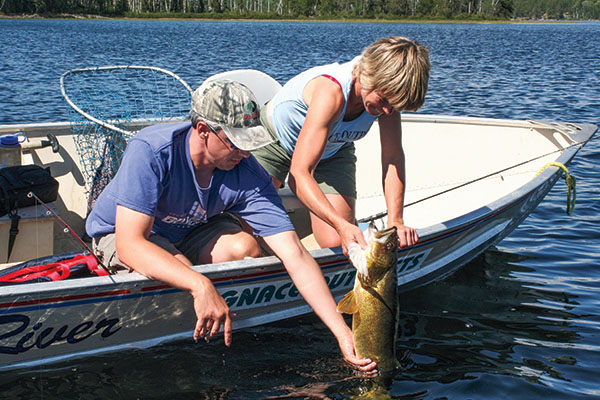
“It’s bucket list time,” says Jim Grayston, the Fishing and Hunting Partnership Coordinator with Ontario Tourism. “With more than 400,000 lakes in Ontario, walleye are still the number-one species. And as good as the fishing is on the more accessible lakes and rivers, you still see cottages, lodges, and other anglers. That’s not the case when you fly into a wilderness lodge or outpost camp. There also is the romance of the trip. You’re flying above the treetops in a float plane to get into a lake that you’ll have all to yourself. It ties together the entire experience.”
Grayston also points out that most fly-in walleye waters are carefully managed by the lodge owner or outfitter to ensure that the quality of fishing remains first-class. Most have adopted the In-Fisherman philosophy of selective harvest where a few smaller walleyes are kept each day for shorelunch and dinner, but no fish are taken home. Having no commercial fishing, user conflicts, or winter angling also enhances the experience.
“It’s fishing the way people imagine it to be,” says Brad Greaves, who along with his wife Karen, operates Ignace Outpost Camps, one of Ontario’s premier operations. “By flying in to your own lake, you can escape fishing pressure. Many of our guests tell us the fishing today is better than it was 20 or 25 years ago. It’s because we manage our lakes carefully.”
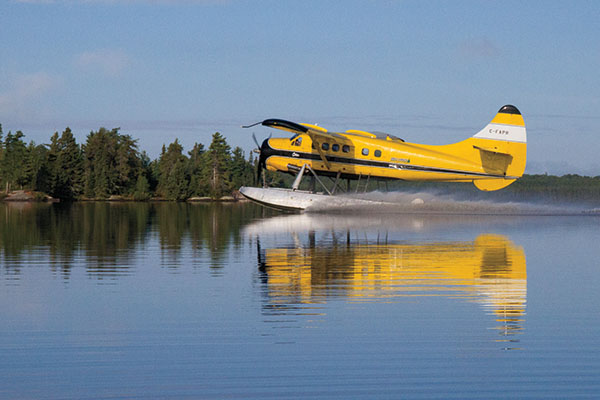
With a fly-in trip, the first decision you usually have to make is choosing between a main base lodge offering an American Plan or an outpost camp where you and your friends look after yourself as far as cooking meals and fishing is concerned.
The main base American-plan option is more expensive, but it’s also the most relaxing and requires the least amount of planning. You pack your clothes and other essentials, arrive at the local airbase, and fly into the lodge by float plane; although, a few resorts have carved airstrips out of the bush near their lodges.
You sleep in comfort, wake up to enjoy a hot shower and hearty breakfast, then walk down to the dock to meet your guide who may already have the boat running. At noon, you gather at a shorelunch spot to devour a meal of freshly caught walleyes cooked by the guides over an open fire. There’s always plenty to eat, including homemade bread, baked beans, corn, salad, fried potatoes, hush puppies, and apple pie.
As the guides put out the fire and clean up, there’s often time to stretch out on a rock for a short nap, or to enjoy a cold drink before heading back out onto the water. Around 5:00 p.m., everyone heads back to the resort for cocktails before sitting down to a first-class dinner.
On the other hand, modern outpost camps present an alternative. The ones like Greaves offers come with new boats and motors, propane refrigerators, solar lighting, radio phones, and on-demand hot water for a shower.
Another consideration is that main base lodges tend to be on larger lakes, hence the need for a guide, whereas outpost camp lakes are smaller and more…

